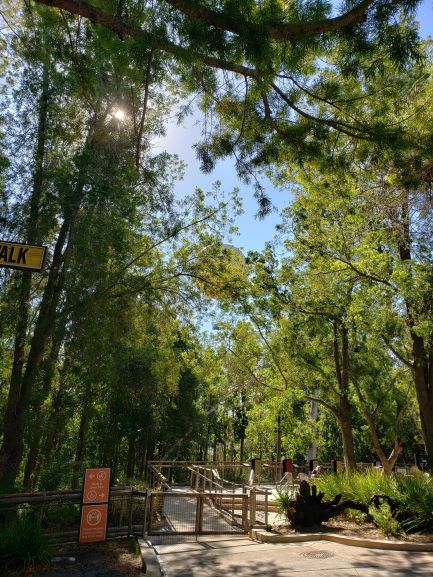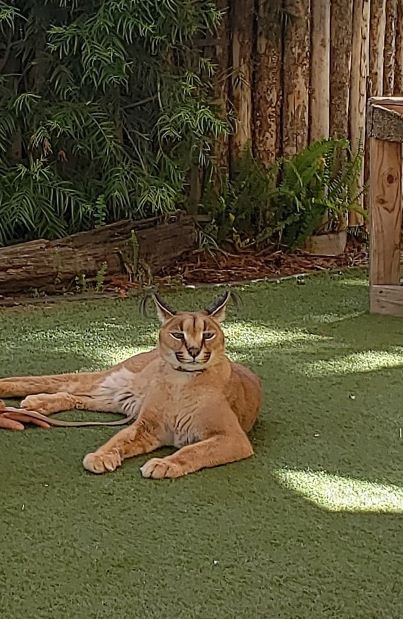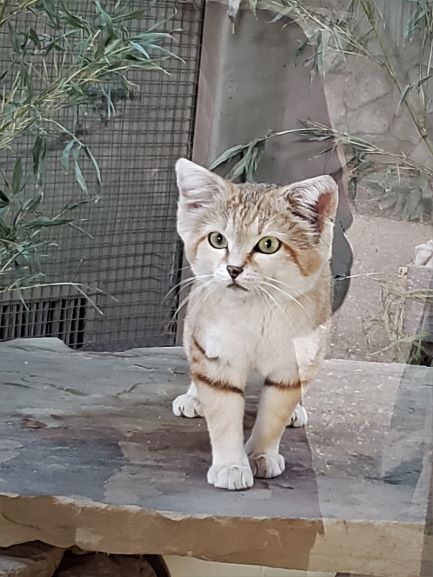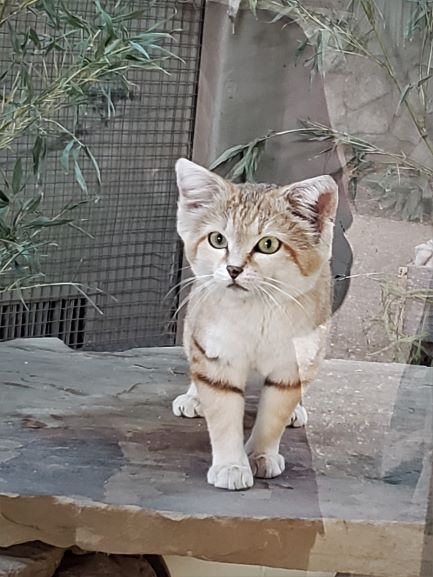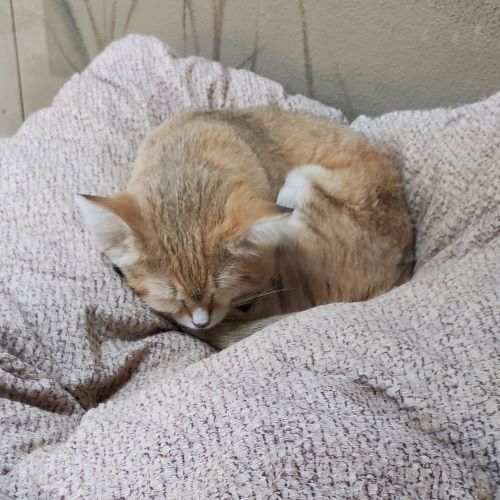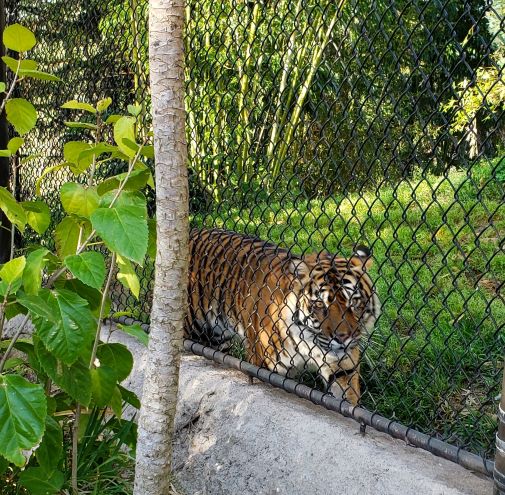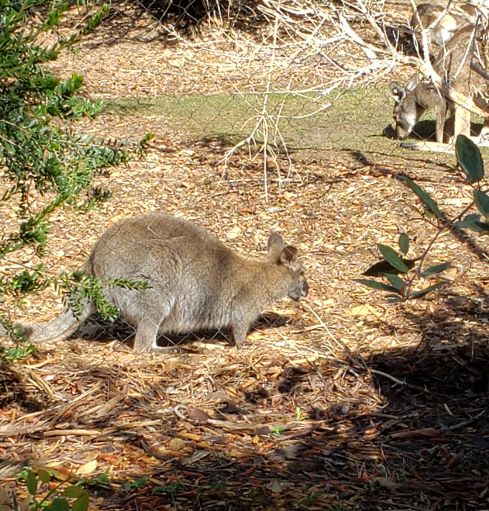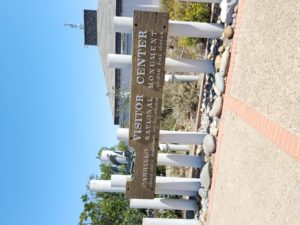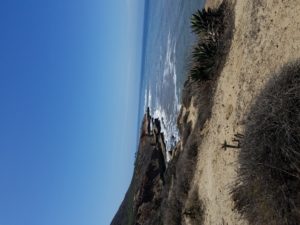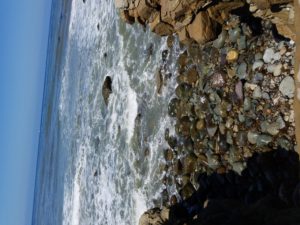We spent the better part of a day at the San Diego Zoo recently.
Starting with the bus trip, which was included in our ticket price, this was a great to get oriented. With an overall view of the entire zoo, this helped us decide the areas where we definitely wanted to spend more time.
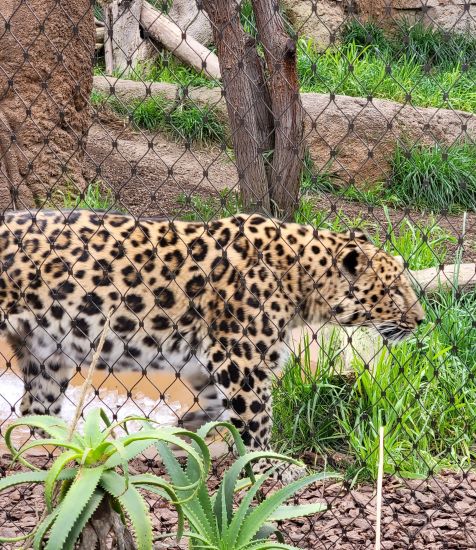
Our driver explained the individual areas and the animals that would normally live in either that continent or country. She stopped often along the way to show us an animal if they were visible. If they were not, she gave us some hints on the best time to see them.
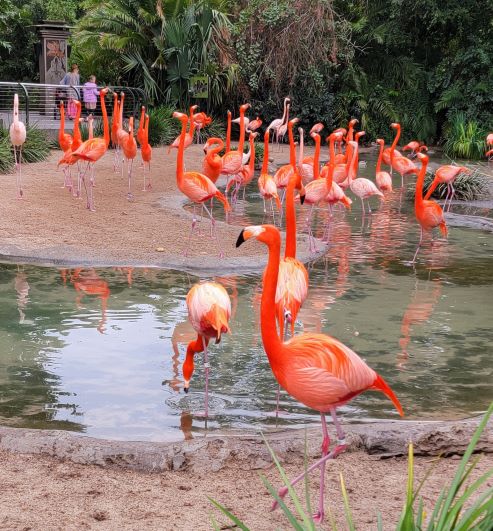
She also told us about a “kangaroo bus” which is a hop on, hop off bus. This bus stops at four different spots throughout the entire zoo. We used this bus at the end of the day when we wanted to get to one more place.
Well laid out, the San Diego Zoo let us go from Africa to Asia and everywhere in between. We saw animals of that specific area. Signage by each animal helped us learn as it would explain the animal, their habitat, and pertinent facts about their life in the wild.
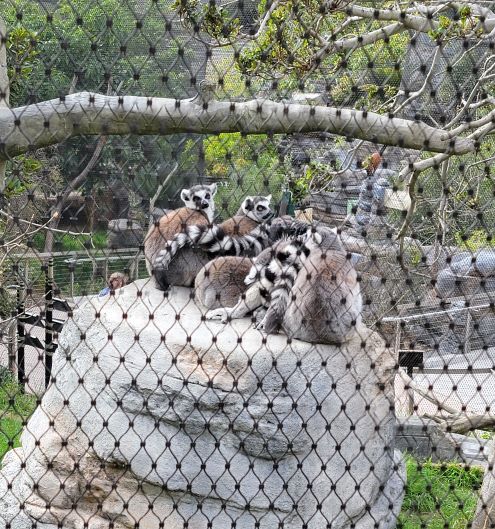
Volunteers are readily available to answer questions, give directions, and help with navigating the map. We stopped and asked questions several times.
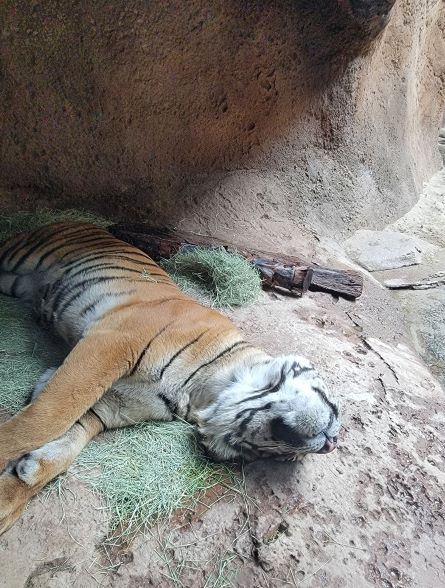
Since we had reservation at Albert’s Restaurant, a sit-down restaurant at the San Diego Zoo, we headed there to eat lunch. Albert’s, located in the Lost Forest Zone, is a full-service restaurant. Both inside and outside offer a terrific view of the private waterfall. With a tasty lunch we enjoyed a glass of wine. Not a bad way to enjoy the zoo.
Albert’s was named for the most famous resident ever at the San Diego Zoo. He was a handsome silverback western lowland gorilla. Born in Africa, Albert arrived at the zoo in 1949 when he was four months old. He and two baby female lowland gorillas were hand raised at the nursery at the zoo. When he reached maturity, he lived in an open-air grotto, located where the restaurant is now located.
In 1965 Albert fathered the first western lowland gorilla at the San Diego Zoo. This was only the seventh gorilla born in any zoo. He died peacefully in 1978. His grandchildren and great-grandchildren are still living at the San Diego Zoo and the San Diego Zoo Safari Park.
The rest of the day we wandered past lions, tigers, and bears. Oh my…what a great way to spend a day.
For more San Diego fun, check out https://travelsandescapes.net/?s=san+diego
